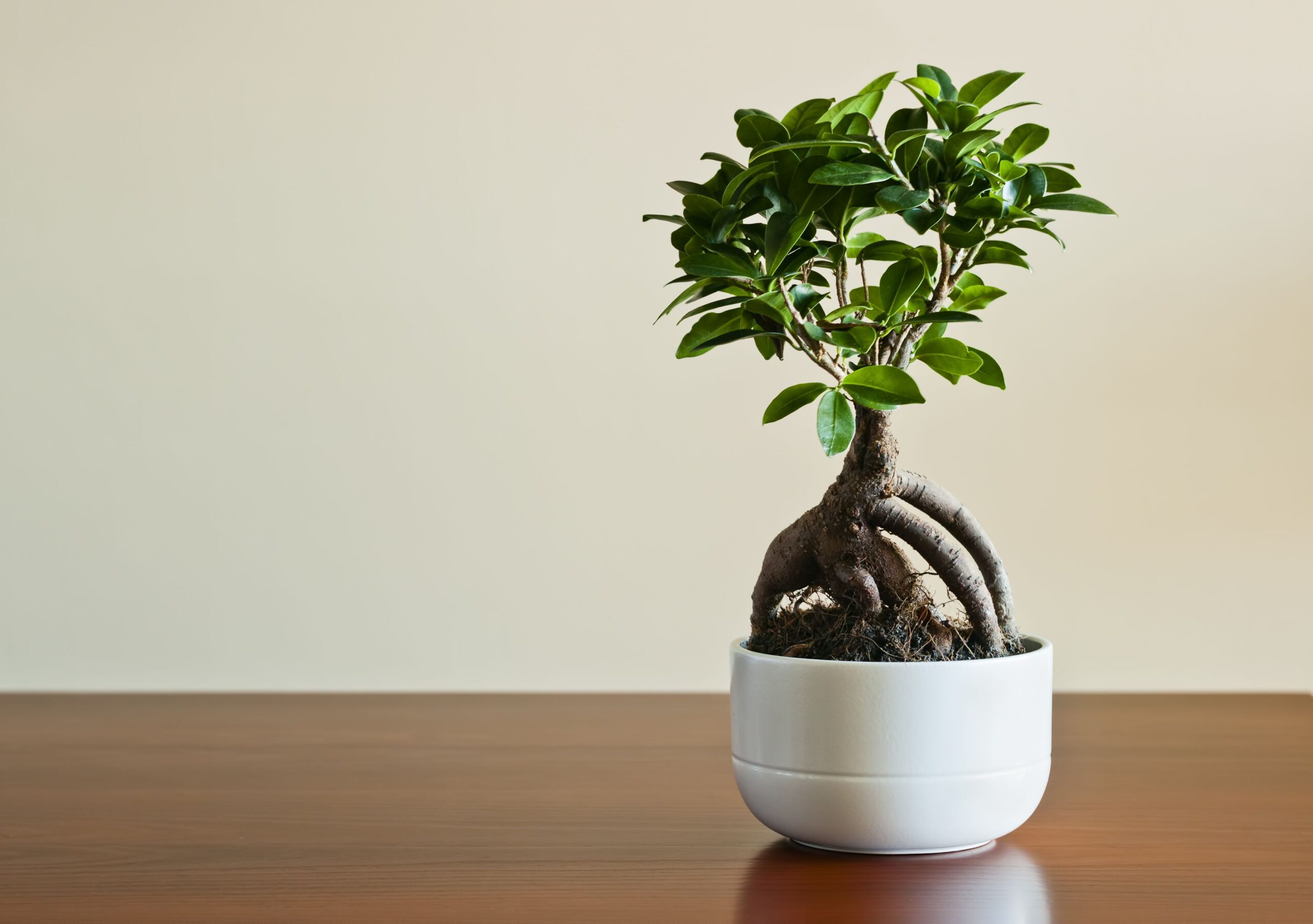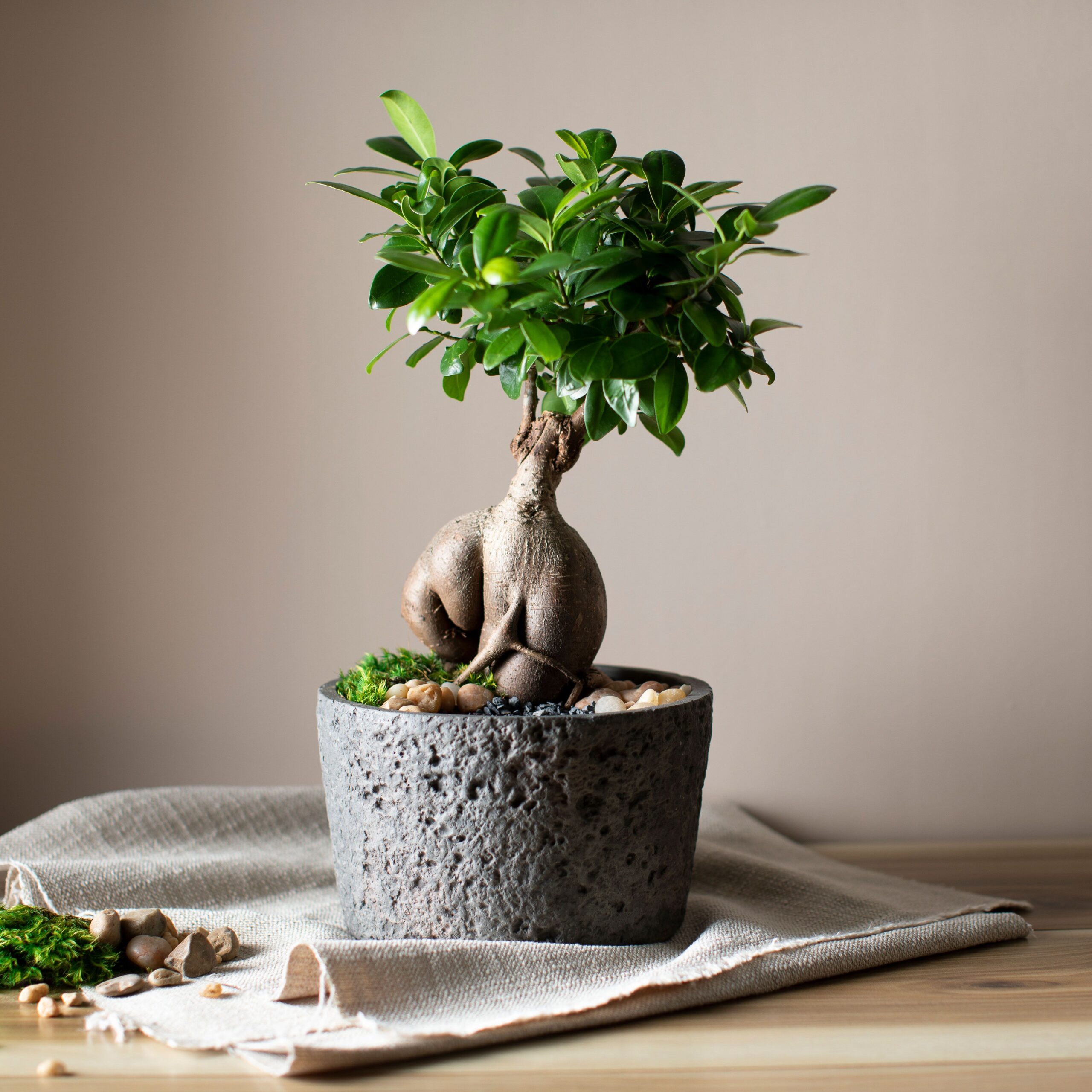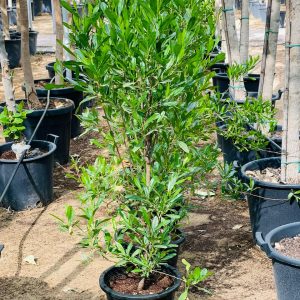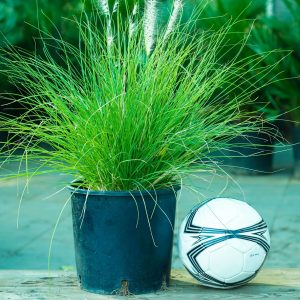Ficus ginseng bonsai
Ficus ginseng, commonly known as the ginseng ficus or Chinese banyan, is a popular species for bonsai cultivation. It is known for its attractive, thick aerial roots and small, glossy leaves. Here’s some information about Ficus ginseng bonsai:
Ficus ginseng bonsai Appearance:
Ficus ginseng bonsai has a distinctive and gnarled appearance, with thick, twisted aerial roots that often protrude from the soil. The roots are typically exposed and can be trained to form interesting shapes. The leaves are small and oval-shaped, with a shiny, dark green color.
Ficus ginseng bonsai Cultivation:
Ficus ginseng is a favored choice for bonsai enthusiasts due to its adaptability and forgiving nature. It responds well to pruning and shaping techniques, allowing for various bonsai styles, such as informal upright, slanting, or cascade. The exposed roots add to its aesthetic appeal.
Ficus ginseng bonsai Lighting:
Ficus ginseng bonsai prefers bright, indirect light. Place it near a window where it can receive ample natural light, but avoid direct sunlight, as it can scorch the leaves. If you’re growing it indoors, supplemental grow lights can be used to provide adequate lighting.
Ficus ginseng bonsai Temperature:
It thrives in warm to temperate climates. It prefers temperatures between 60-75°F (15-24°C). Protect it from extreme temperature fluctuations and drafts, as it can be sensitive to cold conditions.
Ficus ginseng bonsai Watering:
It should be watered thoroughly, allowing the soil to dry out partially between waterings. Avoid overwatering, as it can lead to root rot. It’s best to water the plant when the top inch of the soil feels slightly dry. The frequency of watering may vary depending on the climate and time of year.
Humidity:
It appreciates higher humidity levels. Misting the leaves regularly or placing the bonsai on a humidity tray filled with water and pebbles can help increase humidity around the plant. Grouping multiple plants together can also create a microclimate with higher humidity.
Soil:
Well-draining soil is essential for Ficus ginseng bonsai. A mixture of bonsai soil, such as akadama, pumice, and lava rock, or a well-draining potting mix with added perlite or sand, works well. Good drainage helps prevent waterlogged roots.
Fertilization:
Regular fertilization is crucial to maintain the health and vitality of Ficus ginseng bonsai. Use a balanced, slow-release fertilizer or a liquid bonsai fertilizer according to the package instructions. Fertilize during the growing season (spring and summer) and reduce or stop fertilization during the dormant period (fall and winter).
Pruning and Shaping:
Pruning and shaping are key aspects of bonsai care for Ficus ginseng. Regular pruning helps maintain the desired shape, control growth, and develop a well-proportioned bonsai. Use sharp bonsai shears to remove excess growth and shape the branches and foliage pads.
Pests and Diseases:
It can be susceptible to common houseplant pests like aphids, mealybugs, and spider mites. Regularly inspect the plant for any signs of pests and take appropriate measures to control them, such as using insecticidal soap or neem oil. Ensure good air circulation around the bonsai to prevent fungal diseases.
Ficus ginseng bonsai is a visually appealing and rewarding species to cultivate as a bonsai. With proper care, attention to pruning and shaping, and suitable growing conditions, it can thrive and become a stunning addition to your bonsai collection.







Reviews
There are no reviews yet.